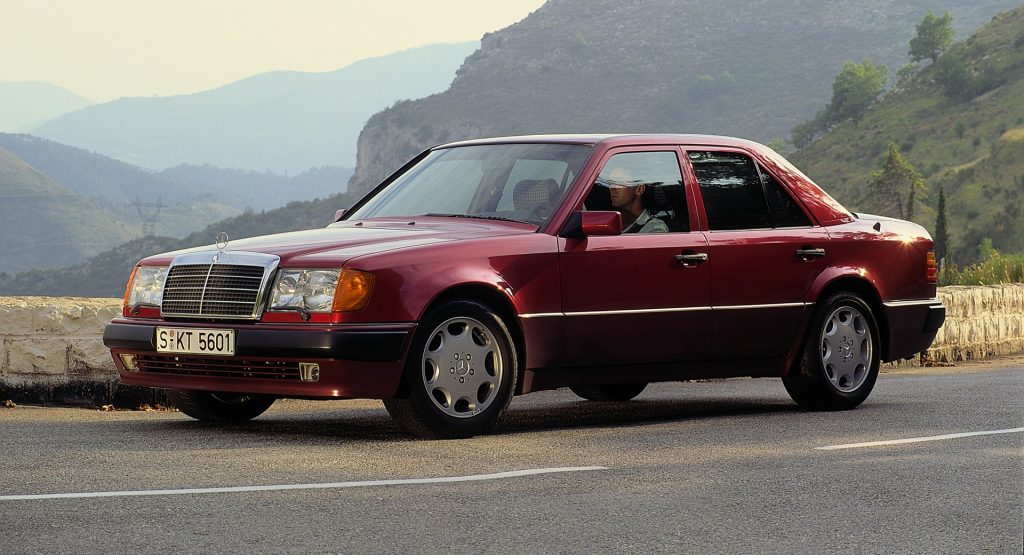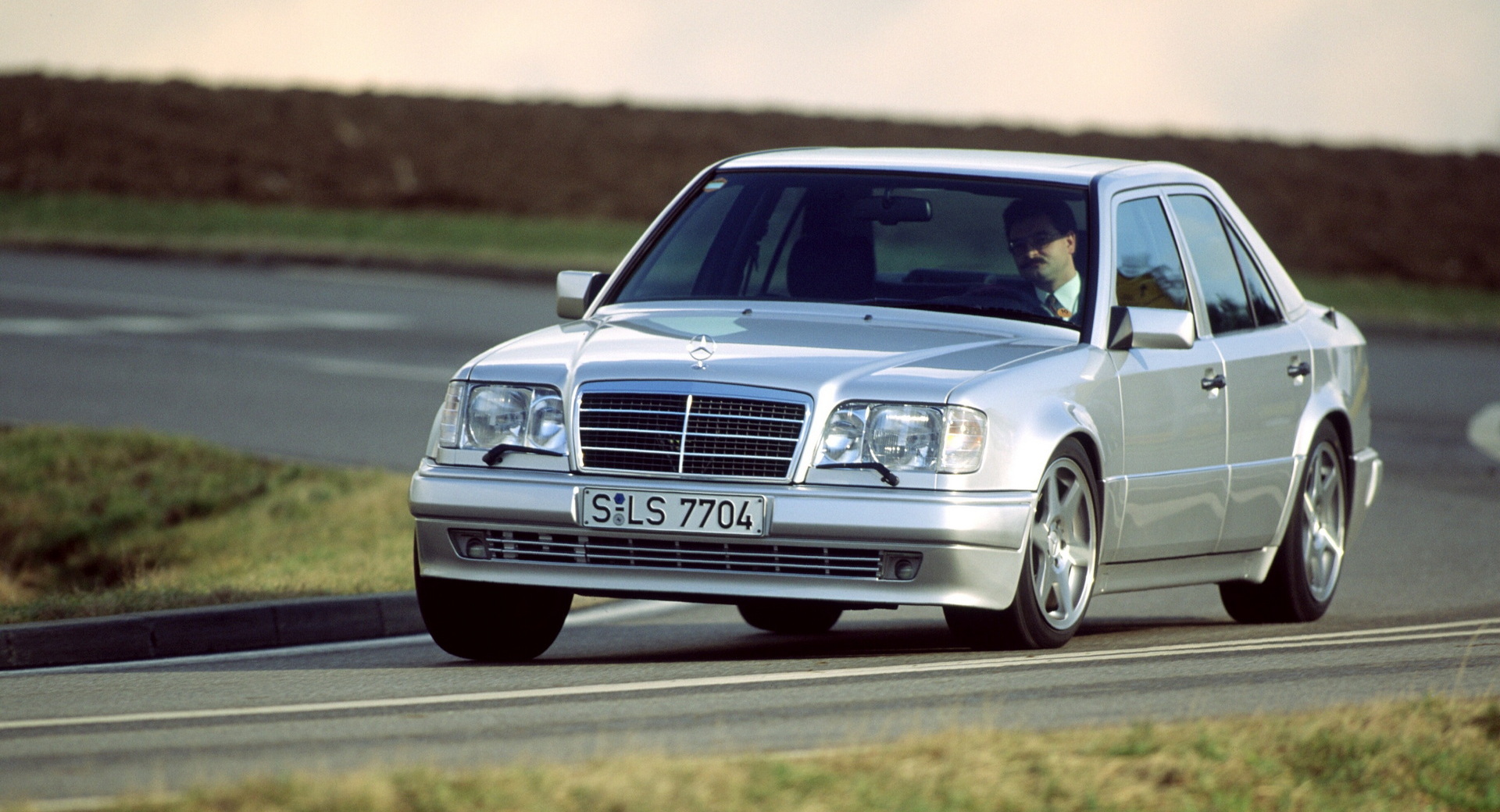A few weeks after Hagerty put the spotlight on the venerable Mercedes-Benz 500 E, Porsche has decided to tap the car’s project manager to see what designing it was like.
Despite bearing the three-pointed star, Mercedes actually turned to Porsche for much of the development and construction of the 500 E. Intended as a BMW M5-killer, Mercedes has its attentions pulled in many directions at the time, and outsourced the hard work to Porsche’s customer engineering arm.
The plan was pretty simple in concept, but complicated in practice. To give the Mercedes W 124 a little more oomph, they would put a V8 in it. But not just any V8, but the same engine (albeit sans turbos) that brought the Sauber C9 to victory at Le Mans.
Read More: Here’s How, With Help From Porsche, Mercedes Built The Venerable 500E
Porsche gave the project to Michael Hölscher, who worked at the company from 1986 to 2016, to manage. Fortunately for Porsche, Mercedes, and Hölscher, the car was a hit.
“In the beginning, the production was set up for 10 cars a day,” he says. “However, the strong demand meant we had to increase it to 20 cars a day quite quickly. We kept this up almost until the end.”
Although Porsche did not have to build the car from the ground up, they had to develop and build in almost all of the modifications that were being made to the W 124. And those changes were substantial.
“In a project like this, a derivative, you have to work on all areas of the vehicles,” says Hölscher. “In this case, however, Mercedes said they would look after the styling and aerodynamics, and Porsche would do everything else. Meaning designing the body, chassis, exhaust system, engine peripherals, acoustics and vibration, and the electrics, which accounted for a large part of the work.”
The size of the engine also meant that the bulkheads had to be moved and the transmission tunnel had to be modified to make space for the new exhaust system. Even the placement of the battery (at the back) required thinking since the heavy unit needed reinforcement.
But, in the end, the project ended up going well for both parties. Mercedes needed a high-power sedan and Porsche needed money, as well as work for its craftspeople during a recession. For Hölscher it’s a project he’ll never forget.
“It’s already amazing to be involved in working on cars like this,” he says. “But for me, it was my first time managing a project that went into series production, and that was extremely emotional. The memories from those days come flooding back immediately.”





